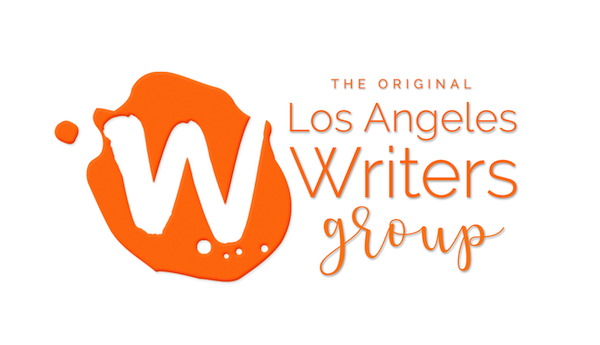When I start with a new coaching client, one of the first questions I ask when they are ready to start work on their project is, “Do you have an outline?”
Usually the answer is a guilt-filled evasive one such as:
“Kind of…”
“I know I should…”
“I started one…”
For years, I resisted outlining, so I get it, I really do. But resistance to outlining usually has a deeper reason behind it. Usually, that reason is because a writer doesn’t fully understand 3-Act Structure. They may know that stories have a beginning, a middle, and and end, but it goes much deeper than that.
If you don’t understand structure, outlining is going to seem like an impossible task. You can’t build a solid character arc if you don’t understand structure. Well, you can, but it will take you longer and be a far more frustrating process.
Even if you’re writing an experimental story, not knowing structure is akin to driving blind and with no navigation. Structure helps you tell a better story. Structure is freeing. Structure is not there to limit you or force you into compliance like that nun did in Catholic school. Structure is a supportive friend who holds your hand and shows you the way out of a difficult time.
Here are three reasons why outlining is good for you:
You Get to Tell instead of Show
Now let me reframe outlining for you, because here is something I discovered that really made me fall in love with the outlining process: Outlining lets you tell instead of show. Fiction writers hear this phrase all the time: “Show don’t tell.” We hear it so often that we want to take those words and shove them down the throat of the person saying them, and not only because they are right, but because – hello – we are TELLING a story. Tell your story in your outline. Let us watch the story unfold in your manuscript by writing scenes where your reader gets to see your characters move through their world and interact with other characters.
Outlining Shows You Where The Flaws Are
Outlining also shows you holes in your story, like when there isn’t enough conflict, character development, or when your main character disappears for too long. This will save you weeks of time reading and rereading your manuscript and looking for issues you need to address.
Outline as a Creative Brainstorming Tool
Outlining can be a highly creative process, a process of seeing connections and conflict and the depth in your story. An outline doesn’t have to be black words on a white screen with roman numerals and capital letters. Outlining can be mind maps with colored markers, colored index cards, or any other creative way of thinking about your story. Yes, ultimately, you might want it to be in a document, but the process of creating a story happens in this phase. Once I show clients how to outline, most of them fall in love with the creative aspect of outlining.
It Saves You Time
Imagine this: You didn’t outline. Instead, you dove right in and started writing (many of us do!). Halfway through (it usually happens during the second act), you realize that something isn’t working, or that your story doesn’t feel right. Now, you explore the idea of outlining, and so you work on an outline and you realize that your story doesn’t really start until page 80 of your manuscript. If you’d outlined in the first place, then you may have started at your current page 80. Not that that was wasted time. It got you to the point where you needed to dive deeper, you learned about your characters, and yes, writing is a learning process. Words on the page never add up to wasted time. But imagine how it could go next time, and the time you’d save.

You must be logged in to post a comment Login